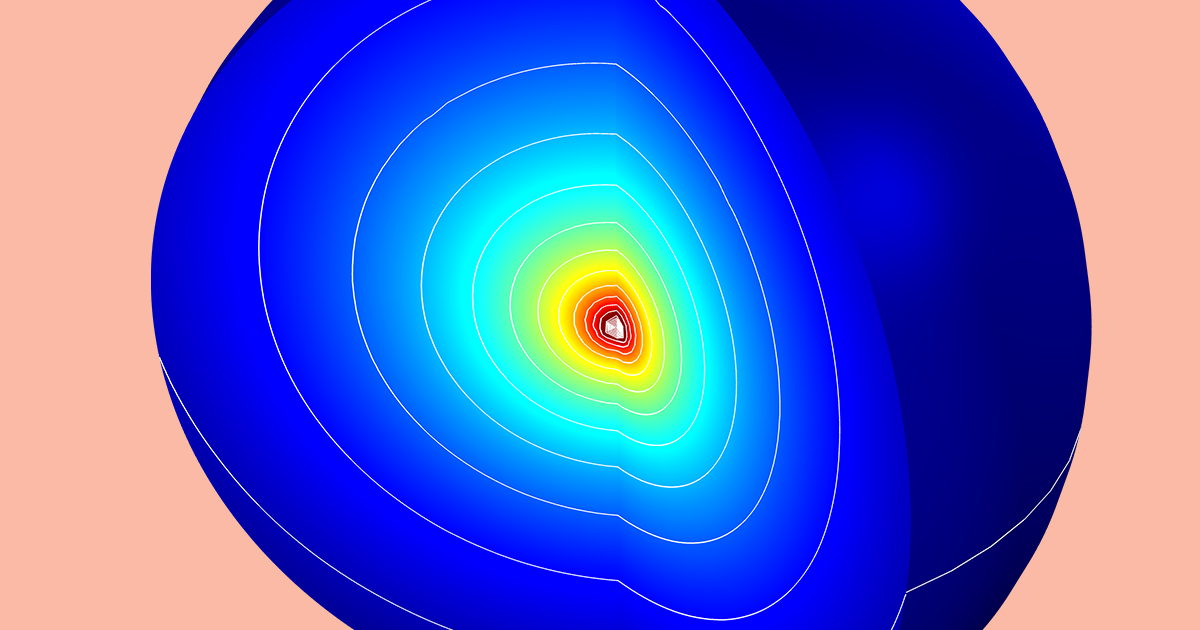
The amount of energy that can be delivered to a distant target is the product of two things the peak output power of the transmitter, and the duration of the transmission. The pulse width must be long enough to ensure that the radar emits sufficient energy so that the reflected pulse is detectable by its receiver. If the pulse is not a perfect square wave, the time is typically measured between the 50% power levels of the rising and falling edges of the pulse.

The pulse width ( τ ) (or pulse duration) of the transmitted signal is the time, typically in microseconds, each pulse lasts. Although obvious when described, this point is often missed when pulse transmissions are first studied, leading to misunderstandings about the nature of the signal. Note that with pulse modulation, the carrier is simply switched on and off in sync with the pulses the modulating waveform does not actually exist in the transmitted signal and the envelope of the pulse waveform is extracted from the demodulated carrier in the receiver. Most systems use pulse modulation, with or without other supplementary modulating signals. In simple ranging radars, the carrier will be pulse modulated and in continuous wave systems, such as Doppler radar, modulation may not be required. The carrier is an RF signal, typically of microwave frequencies, which is usually (but not always) modulated to allow the system to capture the required data. Note that in this and in all the diagrams within this article, the x axis is exaggerated to make the explanation clearer. The diagram below shows the characteristics of the transmitted signal in the time domain. In any radar system, the signal transmitted and received will exhibit many of the characteristics described below.

A radar system uses a radio-frequency electromagnetic signal reflected from a target to determine information about that target.


 0 kommentar(er)
0 kommentar(er)
